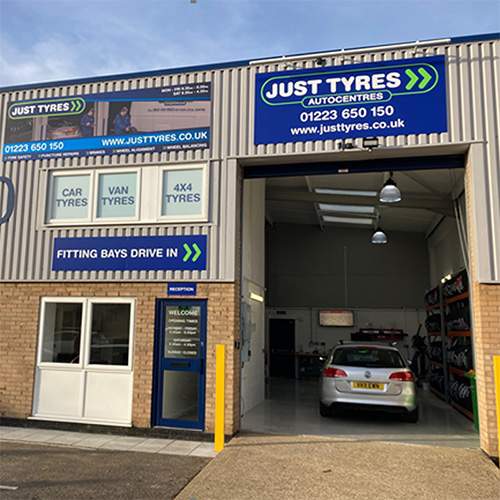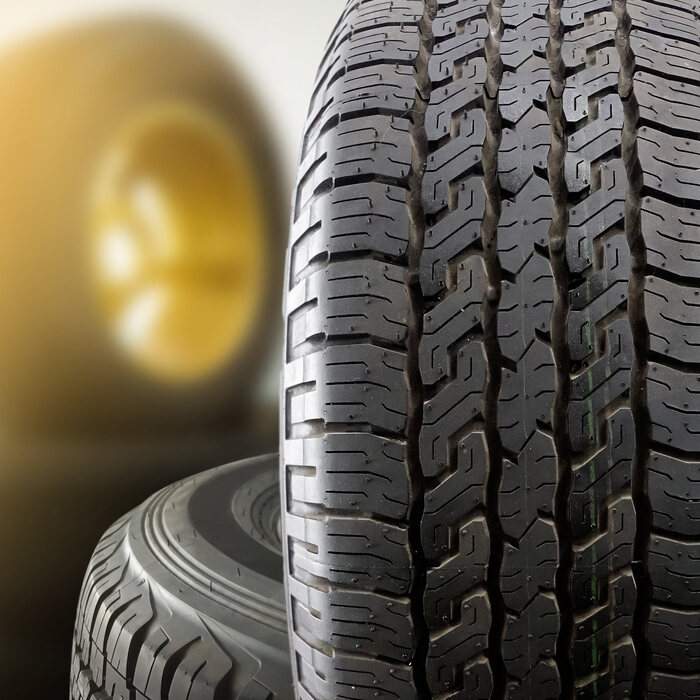WHAT ARE LOW PROFILE TYRES?
Low profile tyres are often considered the slickest, trendiest, and even the sexiest type of tyre you can fit to your vehicle, due to their sleek and shiny appearance. This is thanks to the sidewall being much smaller and the rim being much larger than they are on standard tyres.
But what are low profile tyres’ advantages and disadvantages? Why are some vehicles better suited to them than others? Below is our guide to everything you need to know:
What is tyre profile?
Tyre profile relates to the size of the sidewall. It’s also known as model height and is the distance from the edge of the tyre to the rim. It is marked on the sidewall as a percentage of the overall width. To find out where this marking is located on the sidewall, check out our guide to tyre markings.
Because a vehicle requires a specific diameter for the size of the wheels - as outlined in the vehicle’s handbook - the size of the rim determines the size of the sidewall, and vice versa. That means, the smaller the sidewall, the larger the rim.
What is low profile and what does it mean?
A low profile tyre has a much shorter sidewall than standard tyres. This means the tyre doesn’t contain as much air, and thus there’s far less flexibility, which in turn makes them less bouncy. There will also be a noticeable increase in the sound they make when the vehicle is driven.
Their structure is wider, which allows for wider tread patterns and therefore more contact with the road. This provides greater handling, which is why low profile tyres are generally seen on sports cars that travel at higher speeds and do less day-to-day driving on normal roads.
What is high profile?
As you might expect, a high profile tyre is the opposite to a low profile one. The rims are smaller, with a much larger sidewall. They generally offer a smoother and quieter ride, and have strong traction and can handle hot temperatures.
They’re often fitted on 4x4s, and a good example of a high profile tyre would be those found on Formula One cars.
What type of cars can use low profile tyres?
As highlighted above, low profile tyres are more commonly found on sports cars or other high-performance vehicles that require a high level of handling.
However, drivers do fit them to other vehicle types, as it’s a relatively cost-effective way of giving a non-sports car a sporty appearance. The thin sidewall and larger, shiny surface of the rim can add extra oomph to your car, so long as you’re prepared to compensate for how they’ll affect the handling.
Before changing your tyre rim size, you should check with your insurer that you will still be covered under your existing policy.
Advantages of low profile tyres
- They’re obviously very aesthetically pleasing, which for a lot of drivers is a huge advantage.
- However, practically, low profile tyres offer a greater level of handling when used on dry road surfaces. Because of the stiffness of the rubber compound they’re made from, they’re fantastic at taking corners at higher speeds, which is why they’re commonly fitted on sports cars.
Disadvantages of low profile tyres
- Due to the small sidewall, fluctuations in pressure can easily cause damage to the tyres, so it’s important to regularly check these tyres.
- The ride may feel a little bumpier and will certainly seem louder inside the vehicle.
- It’s important that the driver is mindful of the stiffness and unforgiving nature low profile tyres have when it comes to uneven surfaces. This means approaching speed bumps must be done carefully, and potholes should be avoided. The rims are susceptible to damage, so sensible and alert driving will help to protect them.
- They do cost more than standard tyres, and due to the harder rubber compound, they’re likely to wear faster than other tyres.
Important things to know before you switch to low profile tyres
The overall diameter of your tyres and wheels must stay the same, so if you plan on fitting low profile tyres then you must compensate with larger wheels.
While more expensive than standard tyres, they’re an affordable way to increase your vehicle’s handling, while giving it a sleek and stylish look.
Your vehicle’s performance will be affected, both positively and negatively. Handling and braking will be better, however, prepare for a bumpier and noisier ride.
Be aware that these tyres will wear faster than others. You need to regularly check (once every two weeks) that your tyres are above the minimum legal tread depth of 1.6mm. Anything below this is illegal, and if caught you could face points on your driving license and a fine of up to £2,500 per tyre.
Need new low profile tyres?
Now that you know what low profile tyres are, why not take a look for yourself? We have a wide selection available, so if you’re looking to increase the handling of your vehicle, while turning a few heads, enter your reg into our quick and easy tool to buy tyres online today.






 Same Day Fitting. Order By 10:30am
Same Day Fitting. Order By 10:30am
 38 Nationwide Fitting Centres
38 Nationwide Fitting Centres
 5 Year Warranty On All Tyres
5 Year Warranty On All Tyres
 Price Check Promise. Always Great Deals
Price Check Promise. Always Great Deals

 Find a Centre
Find a Centre

